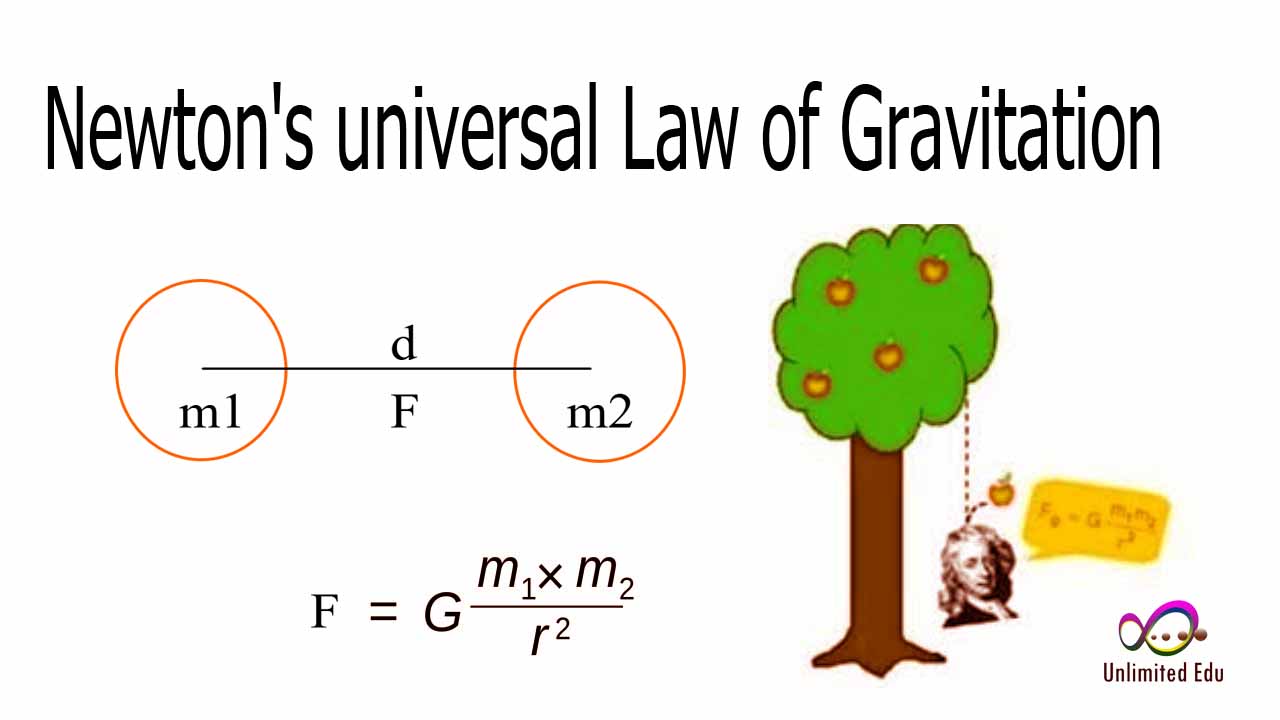In the grand scheme of the universe, the forces that bind objects together are as fascinating as they are complex. The question of what happens "between two objects? increasing the masses of the objects and increasing the gravitational pull" is one that has intrigued scientists, philosophers, and curious minds alike for centuries. Gravitational force, a fundamental interaction in physics, governs the motion of celestial bodies and terrestrial objects, making it a critical area of study. When we consider the implications of increasing the masses of two objects, we delve into the heart of Newton's Law of Universal Gravitation, which asserts that every point mass attracts every other point mass with a force that is directly proportional to the product of their masses and inversely proportional to the square of the distance between them.
The dynamics of mass and gravity are not just theoretical; they have practical implications that impact everything from satellite launches to the orbits of planets. As we increase the mass of two objects, we must also consider how this change affects the gravitational force acting upon them. This exploration offers insights into the nature of gravity itself, revealing how it shapes the cosmos and influences our everyday lives.
In this article, we will embark on a journey to understand the intricate relationships between mass and gravity. We will explore the fundamental principles of gravitational attraction, investigate the consequences of increasing the mass of objects, and answer some pressing questions about the nature of these forces. Join us as we peel back the layers of this captivating subject, uncovering the secrets that lie "between two objects? increasing the masses of the objects and increasing the gravitational force."
What is Gravitational Force?
Gravitational force is a fundamental interaction that pulls two masses toward each other. It is one of the four fundamental forces of nature, alongside electromagnetic, weak nuclear, and strong nuclear forces.
How Does Mass Affect Gravitational Force?
The relationship between mass and gravitational force is articulated by Newton’s Law of Universal Gravitation. This law states that the gravitational force (F) between two objects is given by the formula:
F = G * (m1 * m2) / r^2
Where:
- F = gravitational force
- G = gravitational constant (6.674 × 10^-11 N(m/kg)^2)
- m1 and m2 = masses of the two objects
- r = distance between the centers of the two objects
What Happens When We Increase the Mass of One Object?
Increasing the mass of one object while keeping the other constant will lead to a proportional increase in gravitational force. For instance, if a planet's mass were to double, the gravitational pull it exerts on a satellite would also double, affecting its orbit and stability.
How Does Distance Influence Gravitational Force?
The distance between two objects plays a critical role in the strength of their gravitational attraction. As the distance increases, the gravitational force decreases significantly due to the inverse-square relationship.
What are the Implications of Increasing Mass in Practical Scenarios?
Considering the effects of increasing mass, we can look at several practical examples:
- Satellite Deployment: Engineers must calculate the gravitational forces acting on satellites to ensure they are launched into stable orbits.
- Planetary Formation: The process of how planets form in a solar system is heavily influenced by gravitational attraction between masses.
- Black Holes: Understanding how mass affects gravitational pull is crucial in studying black holes, where the mass is so great that not even light can escape.
Can We Manipulate Gravitational Forces?
While we cannot change the fundamental constants of nature, we can manipulate mass and distance in controlled environments, such as laboratories. These experiments help scientists understand gravitational interactions better.
What Are Some Theoretical Considerations?
Theoretical physics often explores dimensions and forces beyond our current understanding of gravity. Concepts like string theory and quantum gravity seek to unify gravitational force with other fundamental forces.
How Will Our Understanding of Gravity Evolve?
As technology advances, our understanding of gravity and its interactions will continue to evolve. New theories and experimental results may challenge existing paradigms, leading to a deeper understanding of the universe.
Conclusion: The Ongoing Quest for Knowledge
The exploration of gravitational forces "between two objects? increasing the masses of the objects and increasing the gravitational pull" is a journey filled with questions and discoveries. Understanding how mass and distance influence gravity not only enriches our knowledge of physics but also illuminates the underlying principles that govern the universe.
As we continue to ask questions and seek answers, we find ourselves on the brink of new discoveries that may reshape our understanding of the cosmos. The relationship between mass and gravitational force is a small but essential piece of the puzzle, reminding us of the intricate and interconnected nature of the universe.
You Might Also Like
How Have Glaciers Been Impacted By The Movement Of The Continents Over Time?Unlocking The Mystery: The Art Of The Blank______. Multiple Choice Question
The Enigmatic School Cat: A Feline's Journey Through Student Lives
Marcia's Challenge With An Incomplete Chemical Equation
Unveiling The Roots: David Bautista's Parents And Their Influence
Article Recommendations


